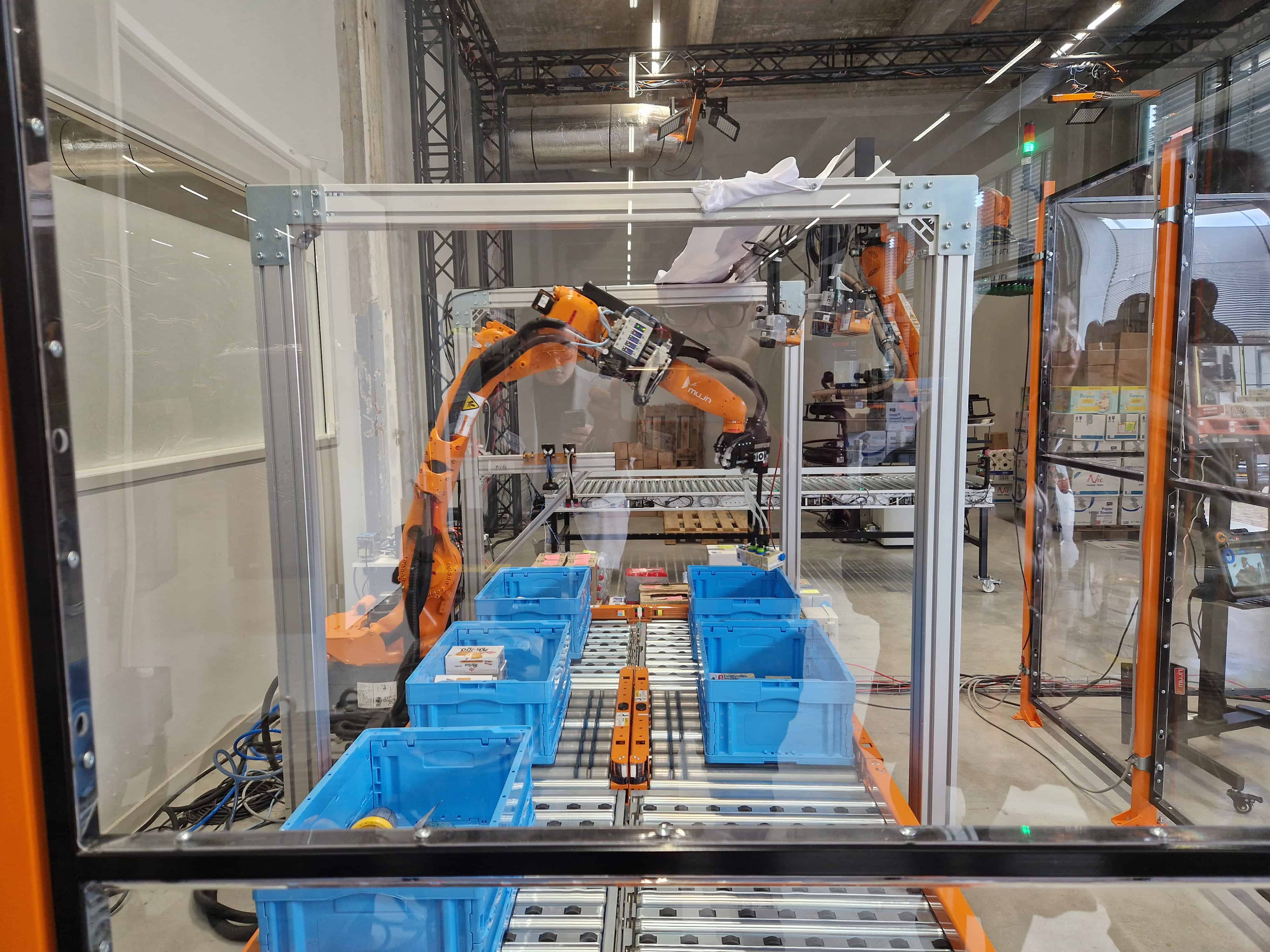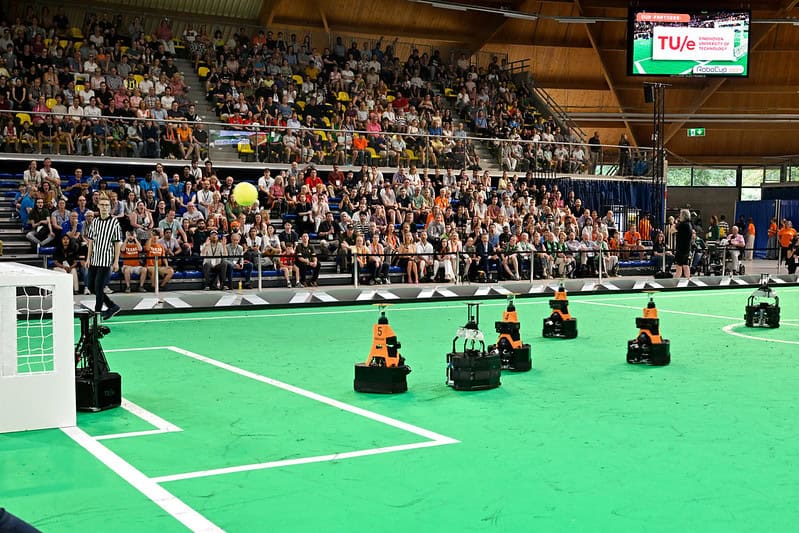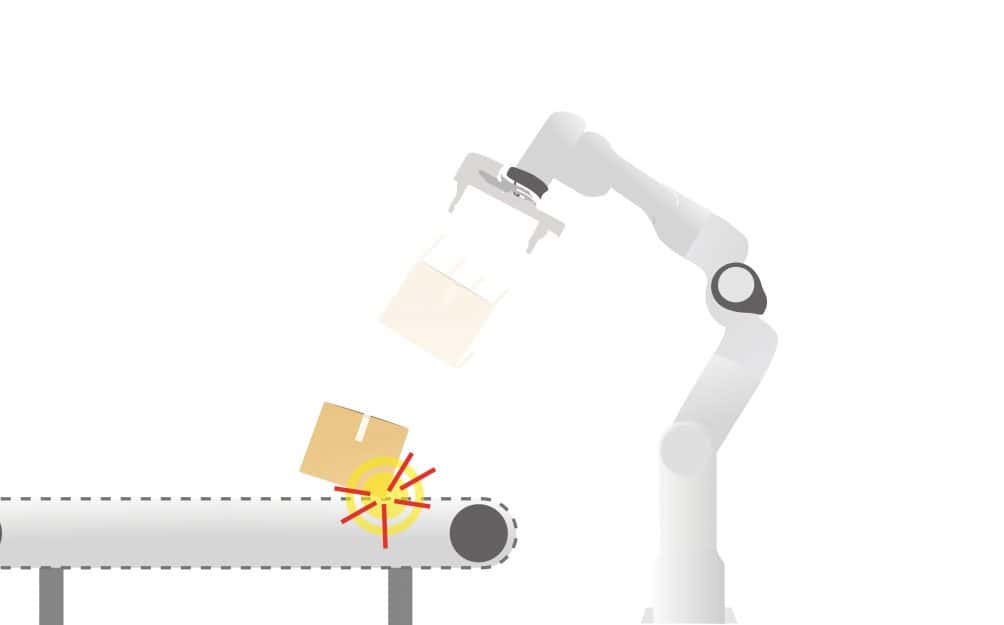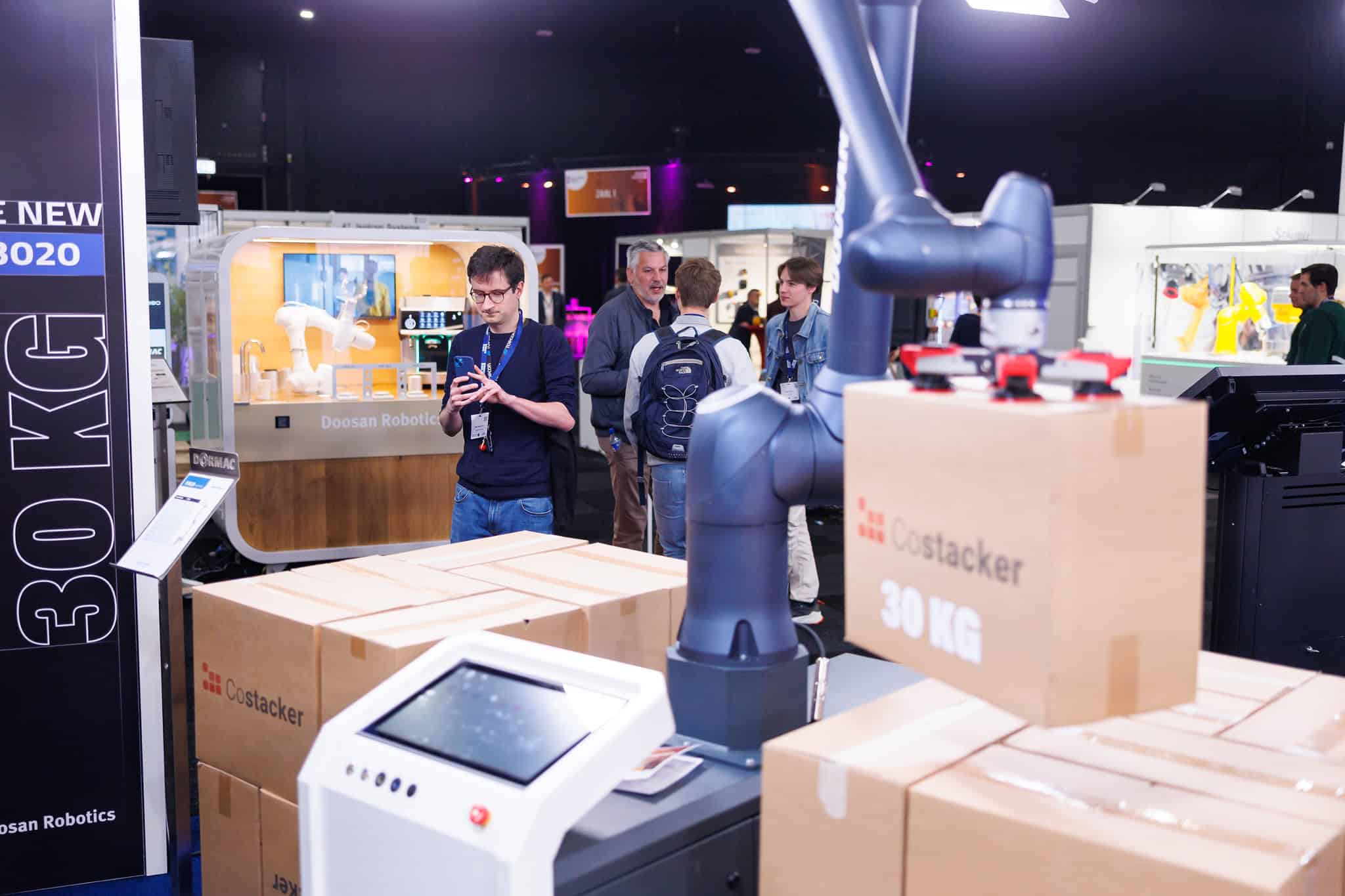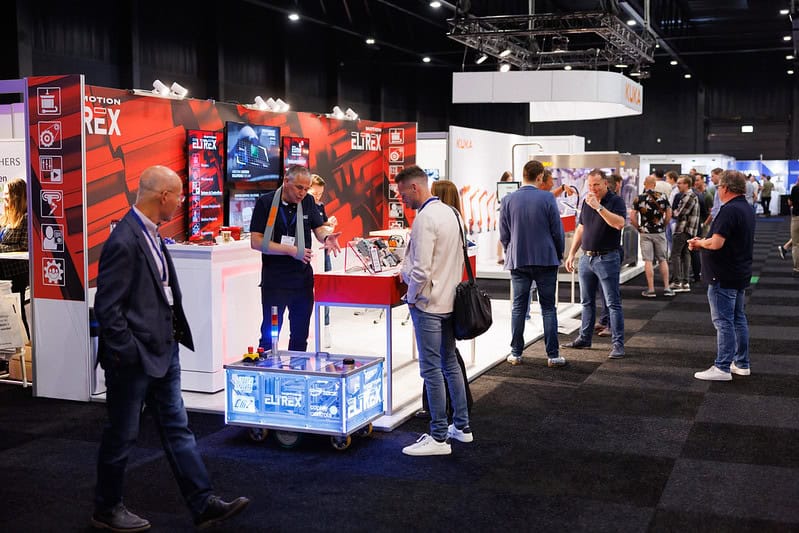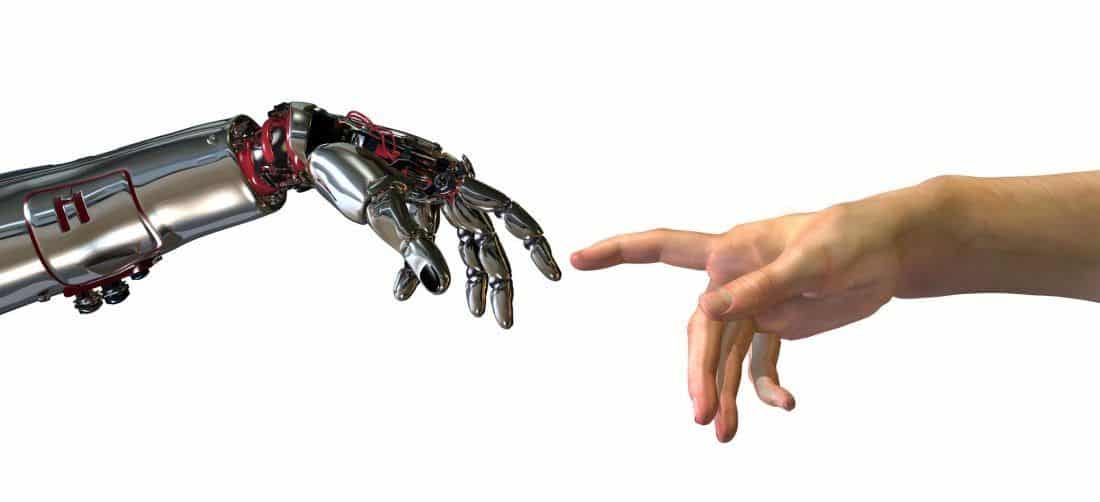
During the ‘Digital Design’ DDW Talk, Sony presented its vision on the future relationship between humans and robots. “When robots have evolved so far that we feel like they’re alive, then humans will begin to feel an affinity toward them,” says Rikke Gertsen Constein. “We really need to learn to coexist.”
Affinity in Autonomy
Constein is Global Art Director at the Sony Creative Center, where she has developed the Affinity in Autonomy design project. In this project, Sony doesn’t look at robotics from a functional perspective, as is customary at present, but from a human viewpoint instead. “We want to experiment on an emotional level,” Constein explains. “The project offers a more abstract vision for AI and robotics. We will be living alongside each other in the near future, but we really need to learn to coexist.”
Symbiosis
What led to this project was the anxiety that artificial intelligence elicits in some people, the designer states. “So we got to work on familiarizing ourselves with the unknown.” The result is an interactive exhibition made up of five installations. Each installation depicts a step closer to an affinity with robots. It starts with the awakening of the intelligence. Subsequently it learns to respond to people and their environment. This ultimately leads to an emotional connection, or in the words of Constein, a ‘symbiosis between humans and robots’. The exhibition was on display at the Milan Design Week last April.
The other side
The designer underlines the urgency of this issue. “Robots will be given an essential role in our society. I sincerely believe that robotics will help people with the most important things in our lives. We’ve tried to flesh that out.” As a way of imagining a genuine relationship between humans and robots, Constein and her team have also thought about the robot’s side of things. “In order to find any real affinity, we also need to think about how things look from the other side.”
Robots as superheroes
In conclusion, Constein notes that we in Europe are far more cautious with regard to these matters than in Asia. “We are often highly critical in Europe. On the one hand, this is a good thing, because we do need regulations for the application of this new technology. But in Japan, for example, it has already been warmly welcomed. People are delighted, as if someone is helping them to make their lives more efficient. Robots are seen as a kind of superhero. Our project has also looked for affinity and empathy, instead of just looking at the more terrifying aspects.”
Read all about Dutch Design Week here



